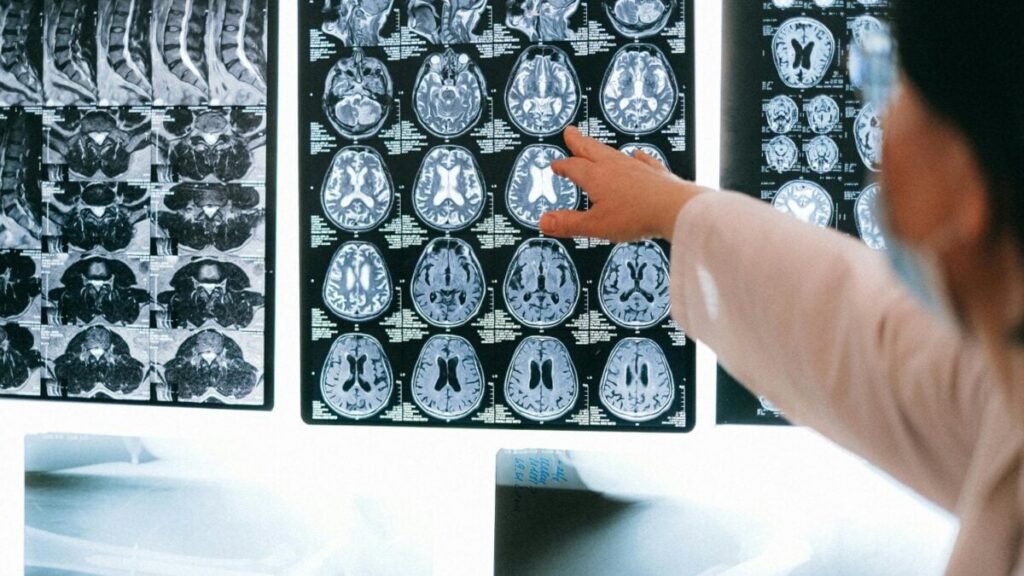The Brain’s Secret Compass: Hidden Rhythm of Consciousness

Imagine being at a noisy party and still being able to clearly hear a friend’s voice in the crowd. Your brain follows an internal rhythm that regulates which stimuli enter consciousness and which are forgotten. Researchers from the University of Bremen have demonstrated how this temporal mechanism could revolutionize both medicine and artificial intelligence.
### The invisible filter of attention
According to a study published in Nature Communications, attention operates as a filter strictly governed by time. Sensitivity cycles last only 10 to 20 milliseconds, with only impulses that arrive at the peak of receptivity being deeply processed. This finding confirms that the brain responds only to what aligns with its “internal compass.”

### The experiment with monkeys
Scientists worked with rhesus macaques to test the hypothesis. Only when stimuli coincided with the precise window of sensitivity did they modify neuronal activity and attention. Attention behaves like a cerebral metronome that determines what information crosses the threshold of consciousness.

### From neuroscience to technology
Understanding the “brain rhythm” can help design more effective treatments for attention, memory, or learning disorders, and inspire more precise brain-computer interface devices. The internal compass not only selects the essential but also filters out excess information, ensuring effective responses in chaotic contexts.






